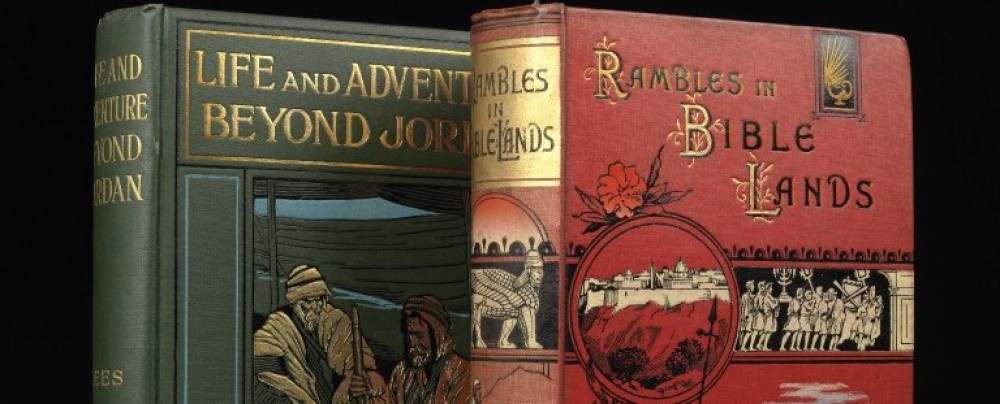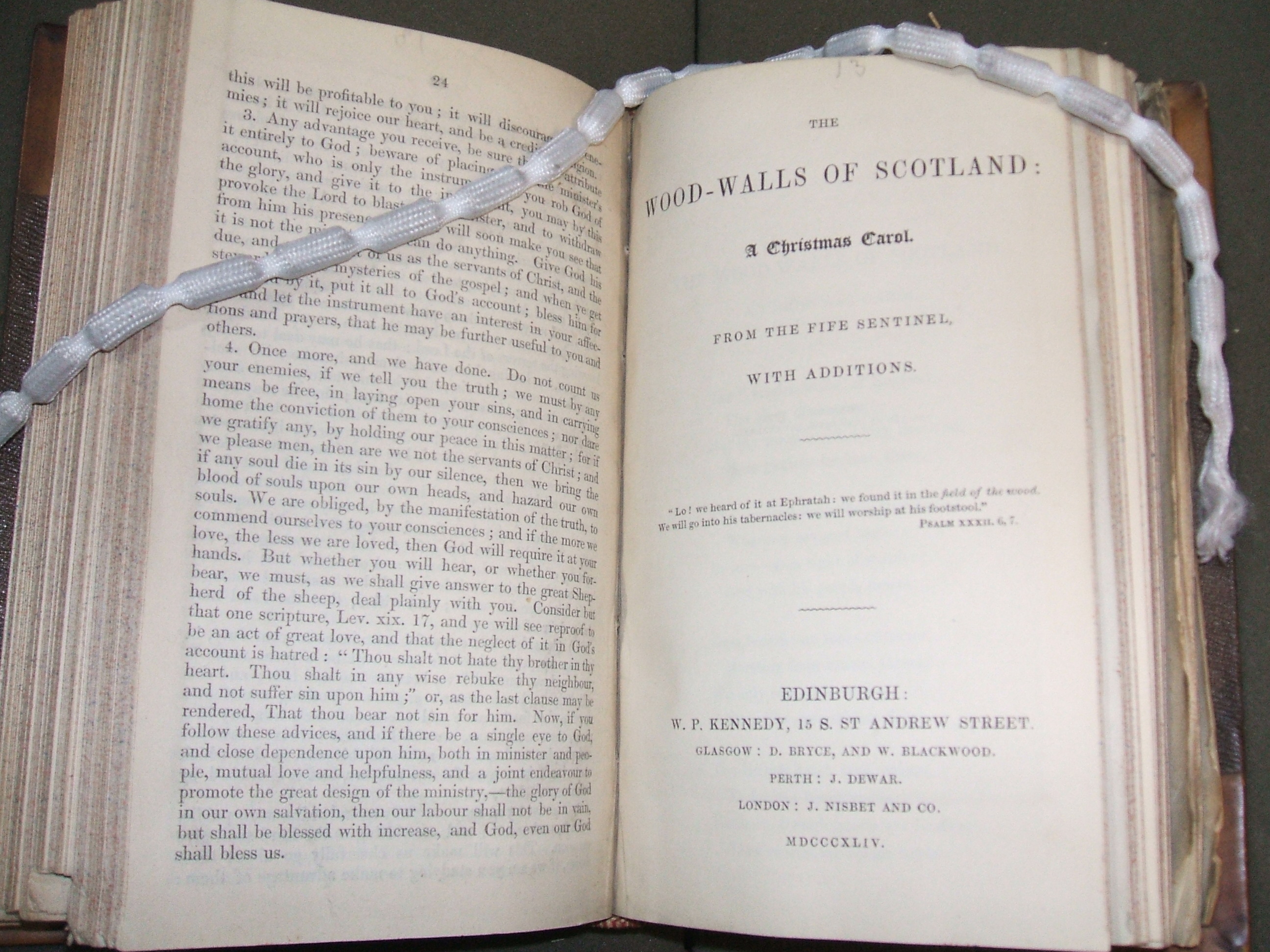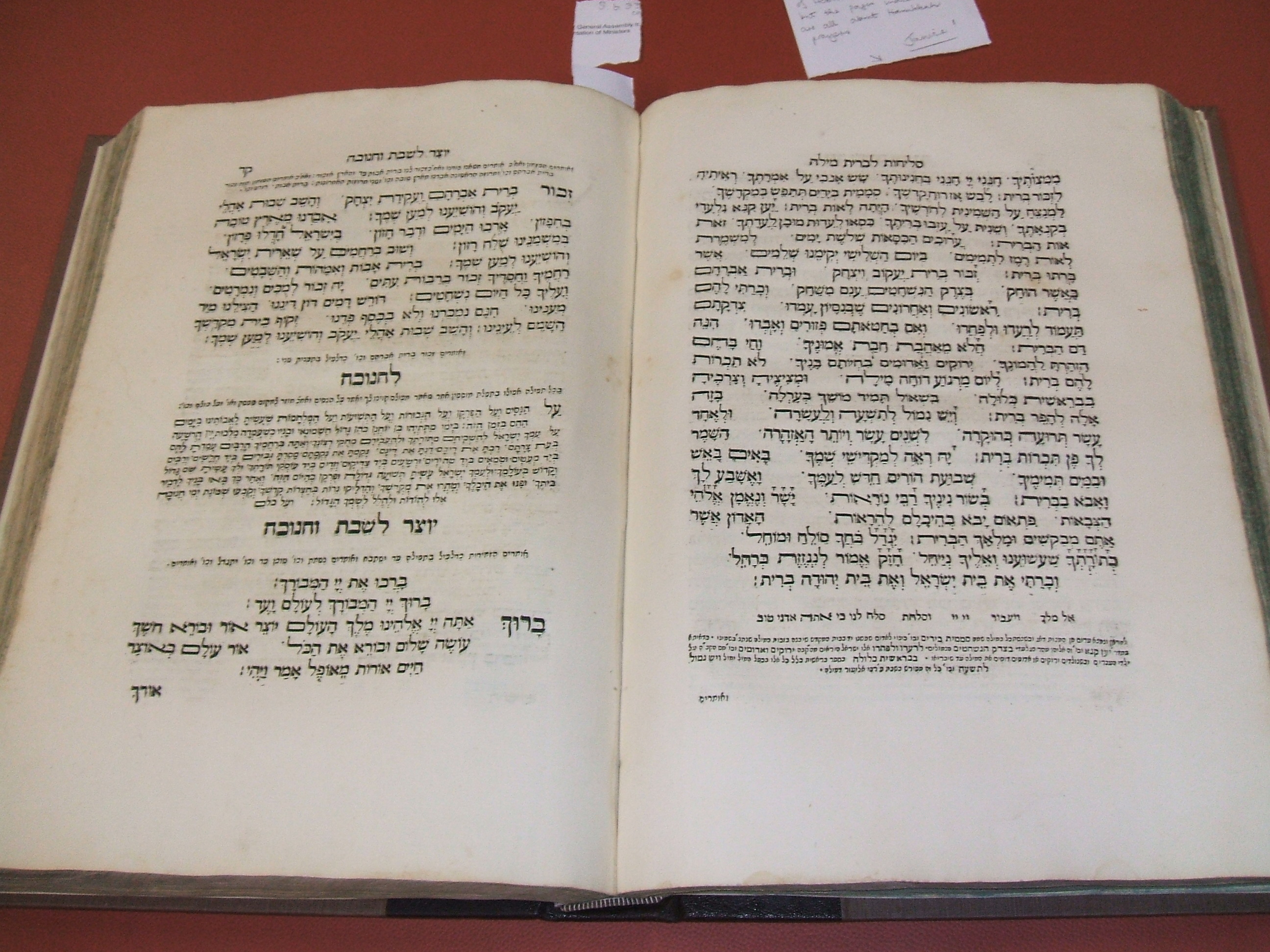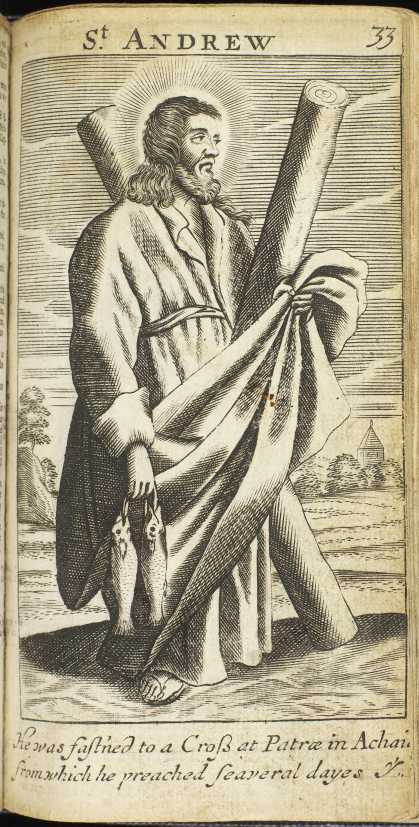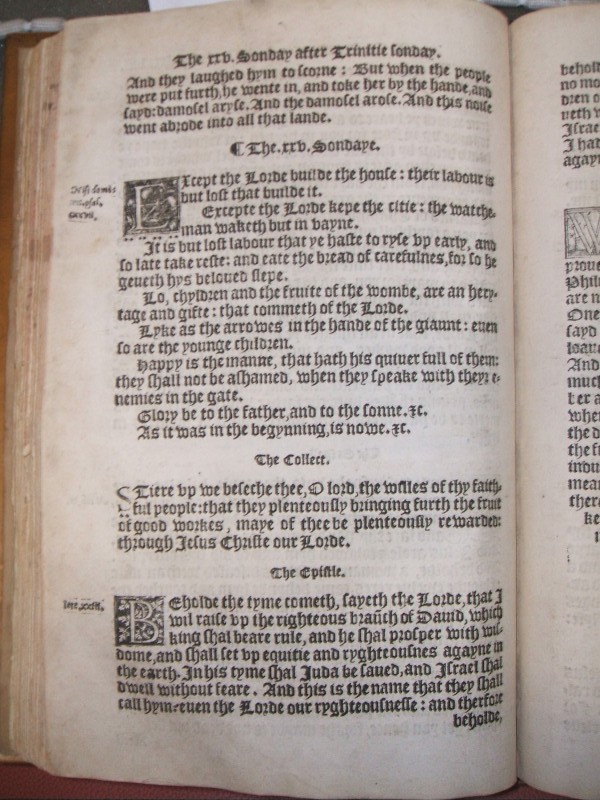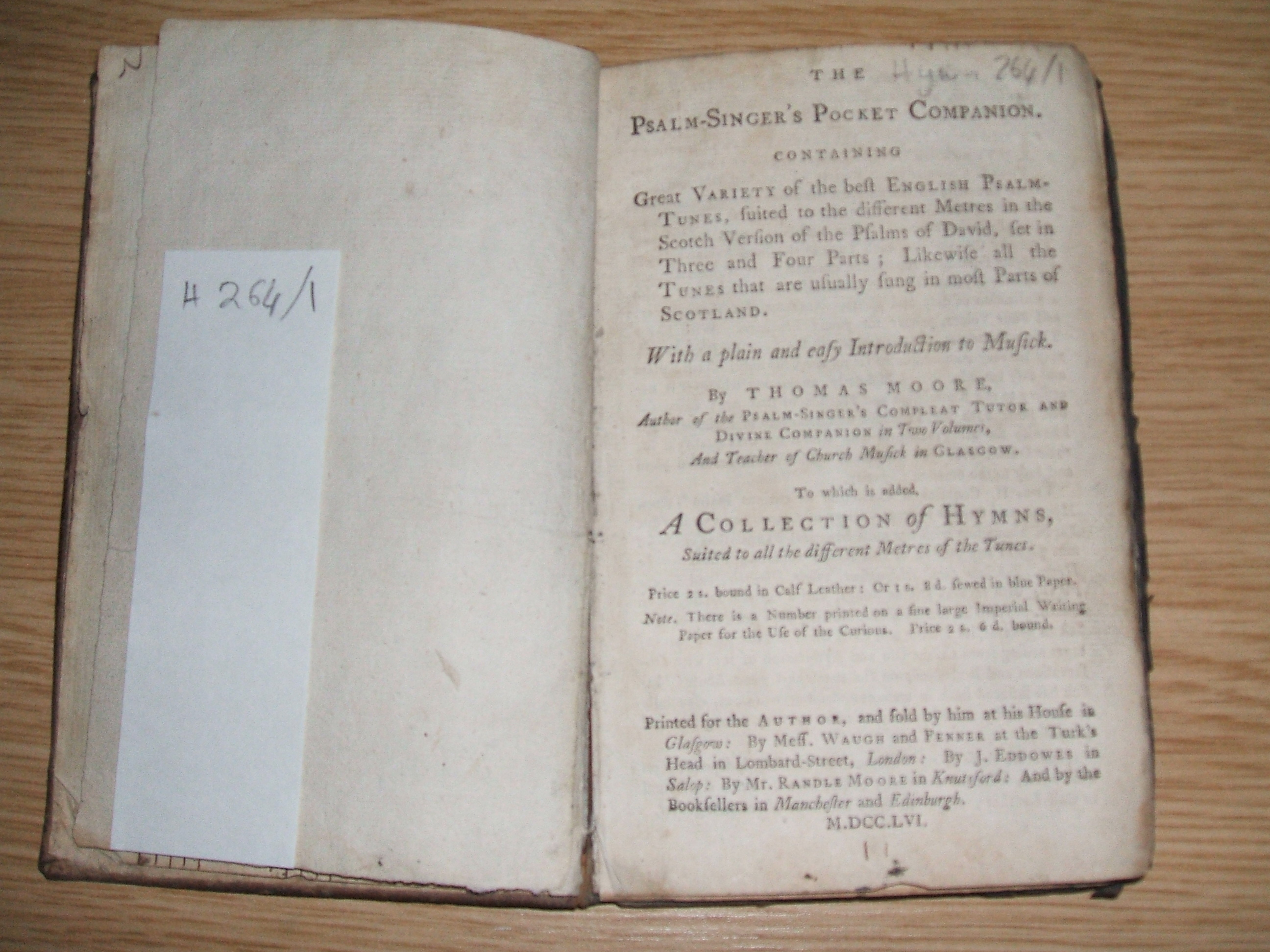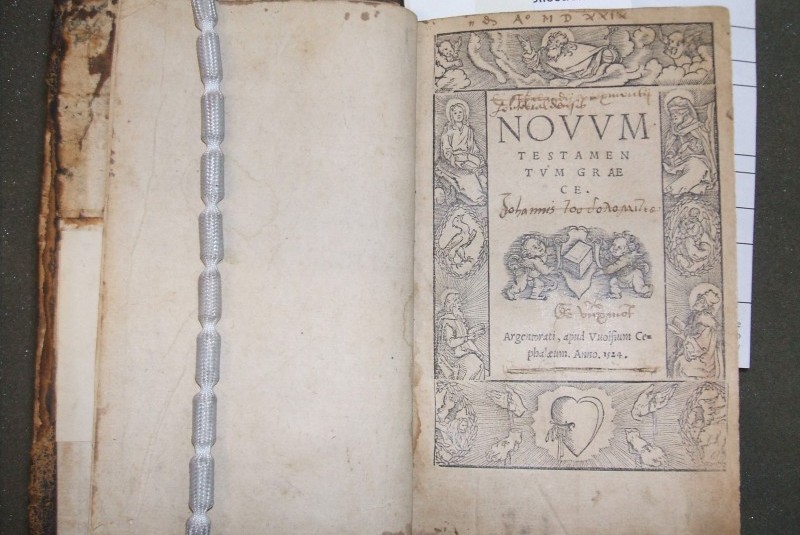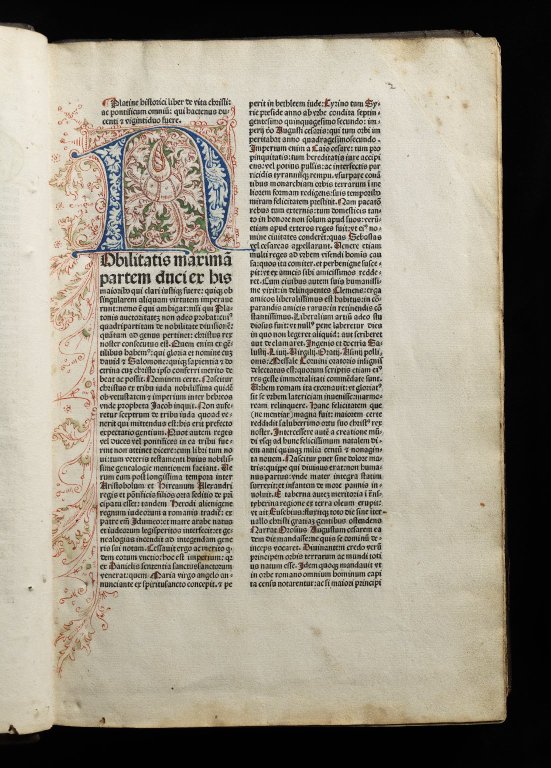
Platine historici liber de vita Christi ac pontificum omniu : qui hactenus ducenti et vigintiduo fuere, 1481. New College Library, Inc. 66
Bartolomeo Platina, (1421-1481) was a writer and member of the College of Abbreviators in Rome, a body of writers in the papal chancery who prepared the Pope’s bulls, briefs and decrees before they were formally written out by scribes. Deprived of his office and imprisoned by Pope Paul II, he left a lasting vengeance for his enemy in his Vitæ Pontificum Platinæ historici liber de vita Christi (1479). As well as being a polemic against his enemy, Platina’s Lives of the Popes was an invaluable early handbook of papal history which had an enduring influence on historical opinions.
New College Library holds this 1481 edition of Platina’s Vitæ Pontificum in the Incunabula Collection, catalogued online as part of the Funk Cataloguing Projects. A manuscript note records the original owner as F. Sargent, the donor of other rare and valuable items to New College Library.
